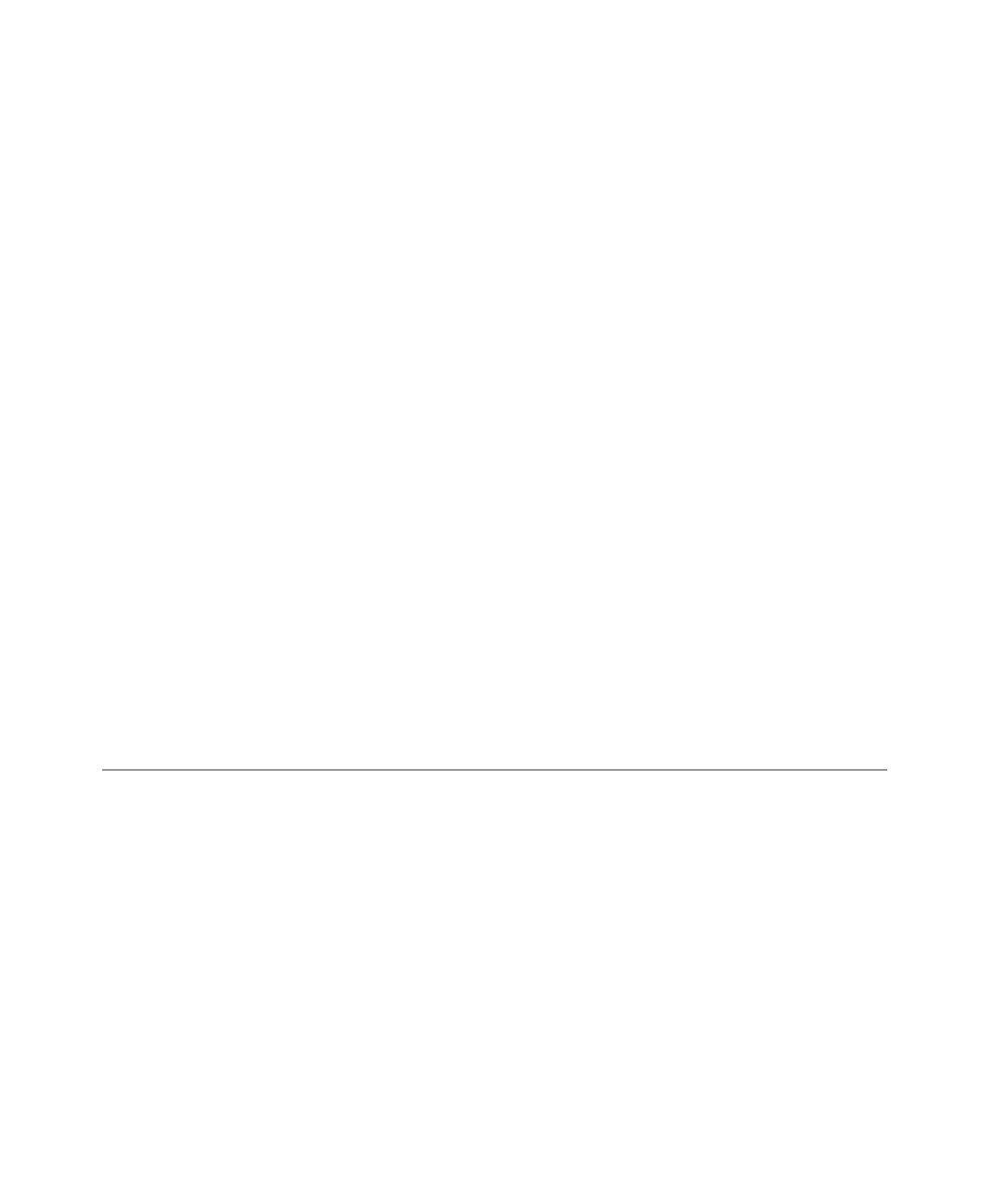Environmental Engineering Reference
In-Depth Information
TABLE 5.26
Engineering Classification of Rock Masses for Tunnel Support Design
(a) Rock Quality Designation
RQD
a
Very poor
0-25
Poor
25-50
Fair
50-75
Good
75-90
Excellent
90-100
(b) Joint Set Number
b
Jn
Massive, no, or few joints
0.5-1.0
One joint set
2
One joint set plus random
3
Two joint sets
4
Two joint set plus random
6
Three joint sets
9
Three joint set plus random
12
Four or more joint set, random,
15
heavily jointed, “sugar cube,” etc.,
Crushed rock, earth-like
20
(c) Joint Roughness Number
J
r
Rock wall contact and rock wall contact
before 10 cm shear
c
Discontinuous joints
4
Rough or irregular, undulating
3
Smooth, undulating
2
Slickensided, undulating
1.5
Rough or irregular, planar
1.0
Smooth planar
1.0
Slickensided, planar
0.5
No rock wall contact when sheared
d
Zone containing clay minerals thick
1.0
enough to prevent rock wall contact
Sandy, gravelly or crushed zone thick
1.0
enough to prevent rock wall contact
(d) Joint Alteration Number
J
a
r
(approx.)
Rock wall contact tightly healed hard,
0.75
nonsoftening, impermeable
Unaltered joint walls
1.0
Slightly altered walls
2.0
Silty- or sandy-clay coatings
3.0
Softening or low-friction clay mineral
4.0
(8-16)
coatings, e.g., kaolinite or mica. Also
chlorite, talc, gypsum, graphite, etc., and
small quantities of swelling clays
Rock wall contact before 10 cm shear
Sandy particles, clay-free disintegrated rocks, etc.
4.0
(25-30)
Strongly overconsolidated, nonsoftening
6.0
(16-24)
clay mineral fillings (continuous,
but
5 mm thickness)
Medium or low
8.0
(12-16)
Overconsolidation, softening clay
mineral fillings (continuous but
5 mm thickness)
Swelling-clay fillings, e.g.,
8-12
(6-12)
montmorillonite (continuous, but
5 mm thickness). Value of
J
a depends on percent of
swelling clay-size particles, and access to water, etc.
(
Continued
)







